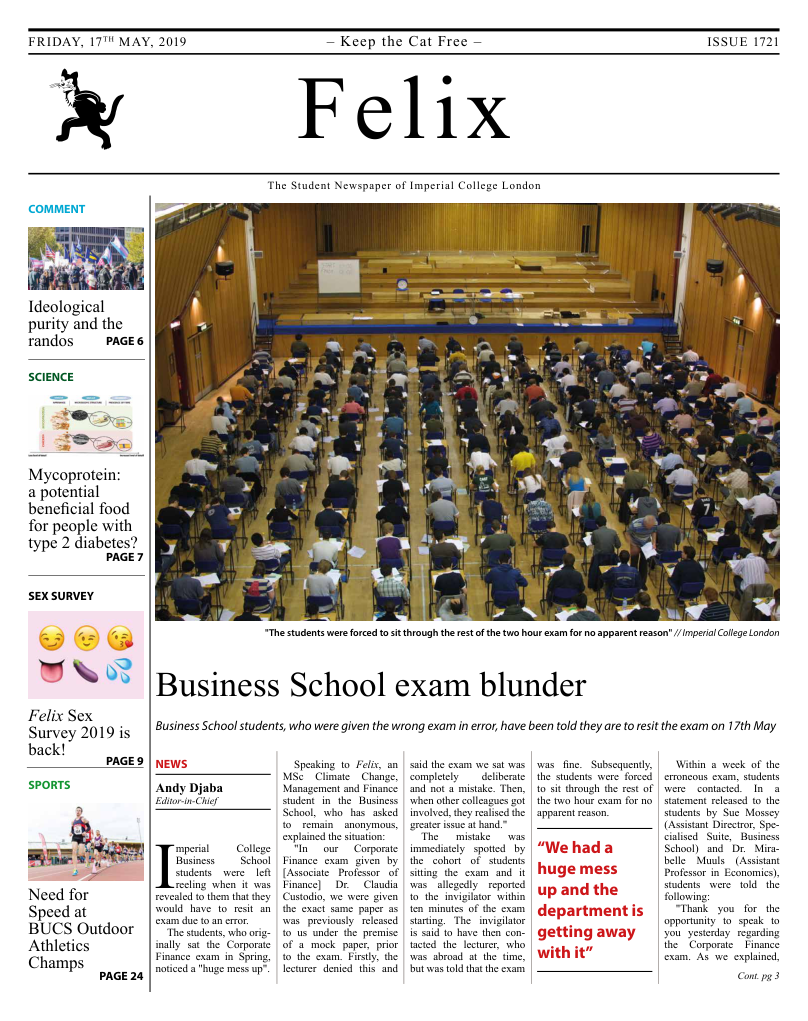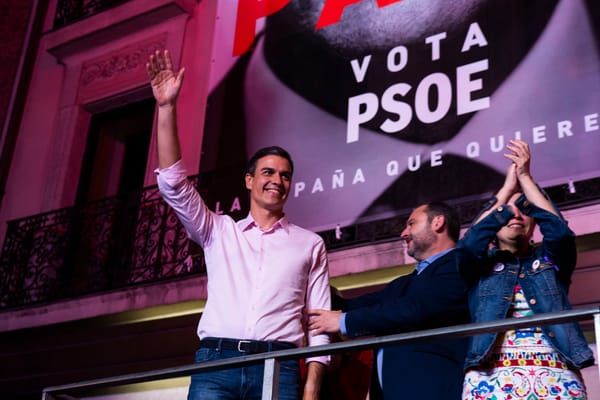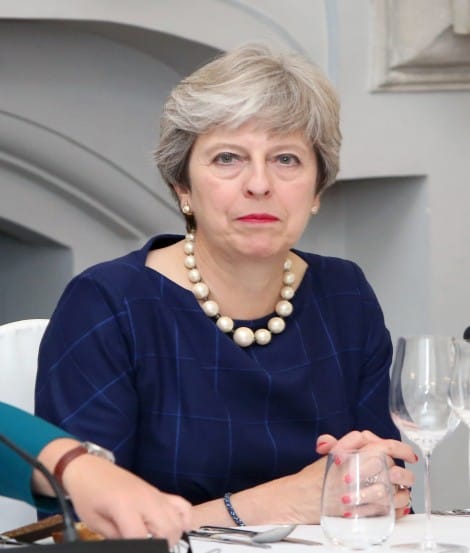The Green New Deal: the less realistic the better
While the current plan has been defeated by the Republican controlled Senate, it is still very much needed in its curent form to successfully tackle the worst aspects of climate change.

A revolutionary set of policies called the New Deal was enacted by Franklin Roosevelt, in response to the Great Depression. The policies were incredibly successful in providing economic relief and financial reform through public work projects, laying the foundation for the upcoming era of Democratic Party majority in Congress; in essence, it upheld the idea that real freedom can only be achieved with economic security.
The Green New Deal (GND) is a 21st Century remake of these principles; it couples the aim of sweeping socioeconomic reform with the most urgent crisis of modern day: curbing our carbon footprint to avoid irreparable damage to the Earth.
The idea that these two aims could be tackled in a single effort was first conceived in 2007 in the UK, in customary British fashion – in a pub. It was around the time of the global financial crash, and economists Larry Elliot and Colin Hines conjectured that a set of trailblazing policies like the New Deal would be needed to fix the state of the world. It came close to entering mainstream politics in both the US and UK, supported by both Gordon Brown and Barack Obama, but did not gain enough traction for it to be officially supported by either establishment. Then, when Labour lost government in 2009 and when the Democrats lost hold of Congress in 2010, the discussion of it in politics virtually disappeared, especially for the UK, where a decade of austerity (which is the antithesis of what the GND stands for) would soon begin. Most recently it was brought back into public attention by US House Representative Alexandria Ocasio-Cortez (AOC) and Senator Ed Markey.
The GND Deal proposed by AOC and Markey, however, has evolved immeasurably from the original proposed in 2007. The document itself is a list of goals, collectively called the “Green New Deal”, that they hope the government will orient future policies towards. These goals includes:
- Reducing the net emission of greenhouse gas to zero;
- 100% reliance on clean, renewable energy to supply all of US’ electricity;
- Switching the auto industry to zero-emission electric vehicles;
- Addressing historical and current oppression of indigenous communities, communities of color, migrant communities, deindustrialized communities, depopulated rural communities, the poor, low-income workers, women, the elderly, the unhoused, people with disabilities, and youth;
- Guaranteeing employment with a family-sustaining wage, adequate family and medical leave, paid vacations, and retirement security
These goals, each already bold and colossal when viewed in isolation, were condensed into a single resolution, with an aim of achieving each one of them in 10 years’ time. It seemingly tried to encompass any imaginable problem that any imaginable US citizen may face; it looks and sounds like a theory of everything.
Unsurprisingly, it became a popular target for conservatives, who argue that the Green New Deal is more of a socialist project that wants to rid American capitalism disguised as a climate resolution. The GND proposed by AOC was a non-binding resolution, even if the resolution receives approval it does not legally commit them to these goals. But exactly how the Deal should be interpreted, as a manifesto of what progressives hope to achieve or as a legitimate proposal for future legislation, seemed ambiguous to the public and even to politicians themselves.
Senator Mitch McConnell, the leader of Republicans in the Senate and a wily political operator, seized on this uncertainty and suggested that the Senate will settle the issue through a vote, which would force Democratic senators into a binary choice of ‘Yes’ or ‘No’ that do not consider the different ways the Deal can be interpreted. To avoid this, the leading Democratic Senator Chuck Schumer advised Democratic senators to abstain from voting, resulting in a 57-0 result (where 57 voted against the bill) from a house of 100 senators.
Despite the impression of failure the numbers may give, beneath the ostensible numbers the Green New Deal is considered as far from defeat as we are from Andromeda. The strategic logic of the GND reveals the hidden brilliance of it, and helps us understand the Senate vote, or any future vote on it, is not a proper measure of its success. It is the epitome of bad policy but good politics.
Its success can be seen through the rapid bandwagon effect of major 2020 Democratic presidential candidates endorsing, and some even co-sponsoring, the deal. It succeeded in bringing climate change to the political calculus, an issue that both parties will now consider as indispensable when trying to win over millennials.
The Democratic Party in past years has tried unsuccessfully to bring climate change to the table in an inside-out approach. Their attempt to spread the message through business leaders and centris failed because of the diminishing existence of moderate Republicans, something that drove the Democratic Party to water down their proposals. The logic of the GND was to do the opposite, to break the gridlock from the outside in, and gain political attention through an unyielding grass roots movement run by the youth.
The American political system has long been under gridlock – passing new legislation, no matter how incremental the change proposed, is challenging. Faced with a predicament where the default change is no change at all, and given the urgency and gravity of climate change, only a resolution as overambitious as the proposed GMZ can disrupt the current balance of power. The goals of the deal may be far-fetched and improbable, but there’s nothing to lose when the only alternative is nothing.
But the incorporation of socioeconomic reform for a movement focused primarily in climate change is not just for flair, it is necessary. When proposing a complete overhaul of industries and a thorough transformation of the energy economy, the financial securities and lifestyles of citizens must be guaranteed for them to trust the government enough to make the change.
Though the GND seems to have as many facets as there are 2020 Democratic presidential candidates, it can be invariably agreed that its overarching effect has been a delineation of what a modern progressive would likely demand. It seems to be more like a manifesto, a grand mission statement for what values the progressive left want to construct their society around.








